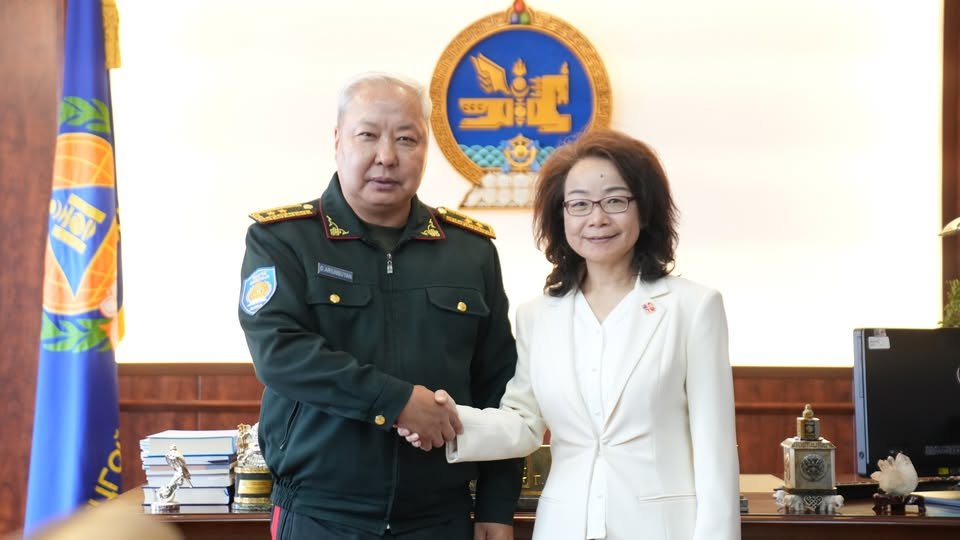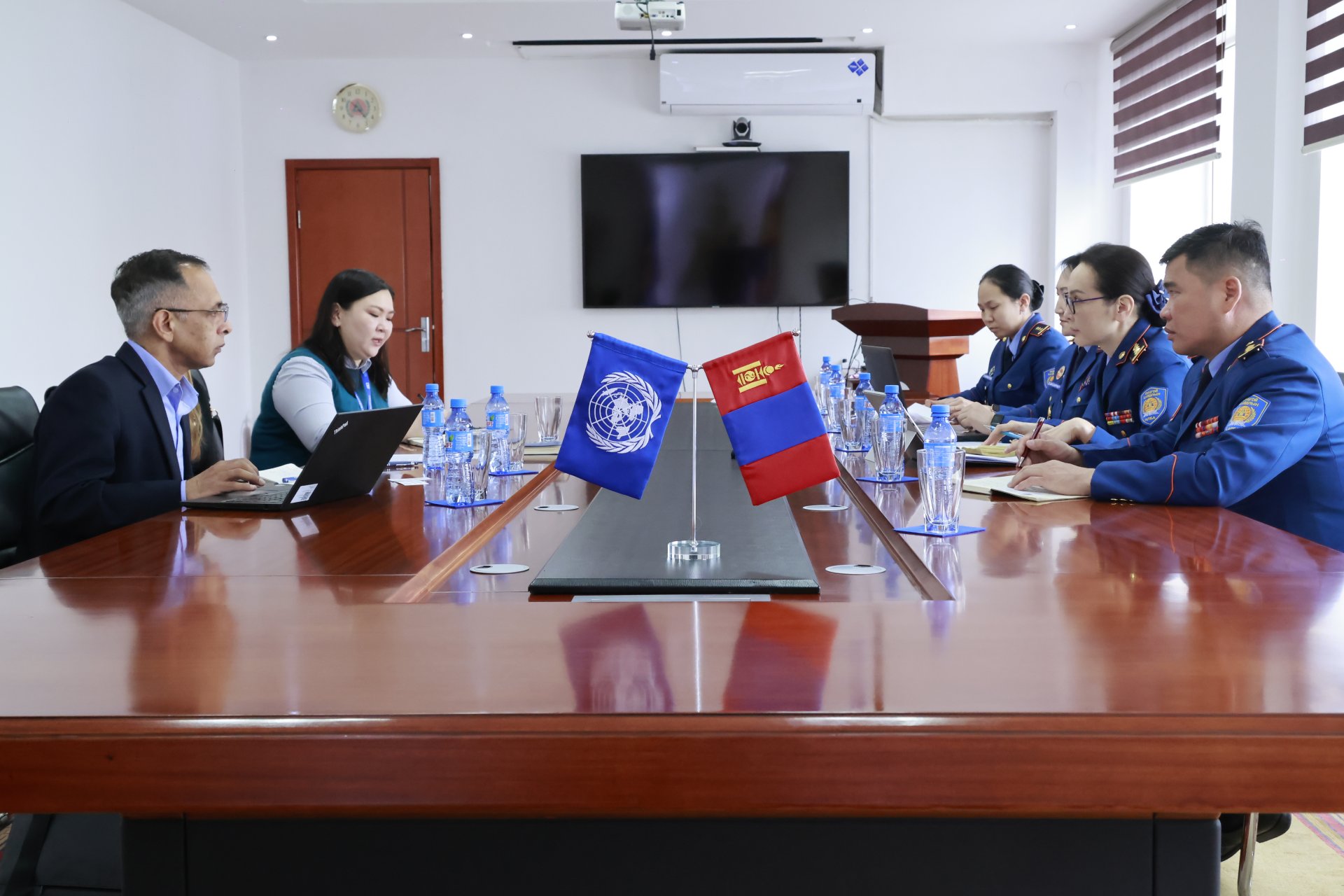Got acquainted with the activities of the organization and exchanged opinions on cooperation
The Minister of Emergency Situation of the Republic of Belarus Vadim Ivanovich Sinyavskyi visited the National Emergency Management Agency and held a meeting with the Chief of NEMA, Major General G. Ariunbuyan.
During the meeting, both sides discussed matters concerning future cooperation in the field of disaster protection, and exchanged views on starting the second phase of the "Project to improve the capacity of disaster management techniques and equipment".
The Minister of Emergency Situation of the Republic of Belarus Vadim Ivanovich Sinyavskyi introduced with operations of the Emergency Management and Early Warning Information Center-119th unit under NEMA and the Firefighting and Rescue 10th Unit of the Chingeltei District Emergency Department.

Within the framework of the general agreement on concessional loans between the Government of Mongolia and the Government of the Republic of Belarus, the project to improve the technical and equipment capabilities of the Emergency Organization was successfully implemented. Within the framework of the project, 71 rescue and firefighting units and equipment worth a total of 15.4 million euros or 46.2 billion MNT have been supplied and handed over to State and local emergency management organizations and used in their operations.
These vehicles have been active duties in a total of 2,509 accidents, and fire calls, saving the lives and health of 1,375 people and 56.8 billion MNT property.
Copy all texts of this article
Download all images of this article
Other news

2024/06/06
Recent NewsExchange of views on bilateral cooperation
Ambassador Shen Minjuan emphasized her commitment to prioritizing and further enhancing cooperation between the two countries in the field of disaster prevention and protection.

2024/06/06
Recent NewsKey topics included setting a date for the event and finalizing the detailed organizational plan
Ulaanbaatar, May 15, 2025 – Colonel Ts. Uranchimeg, Deputy Chief of the National Emergency Management Agency (NEMA) of Mongolia, held a meeting today with Ms. Matilda Dimovska, Resident Representative of the United Nations Development Programme (UNDP) in Mongolia.

2024/06/06
Recent NewsKey topics included setting a date for the event and finalizing the detailed organizational plan
Ulaanbaatar, May 15, 2025 – Colonel Ts. Uranchimeg, Deputy Chief of the National Emergency Management Agency (NEMA) of Mongolia, held a meeting today with Ms. Matilda Dimovska, Resident Representative of the United Nations Development Programme (UNDP) in Mongolia.







